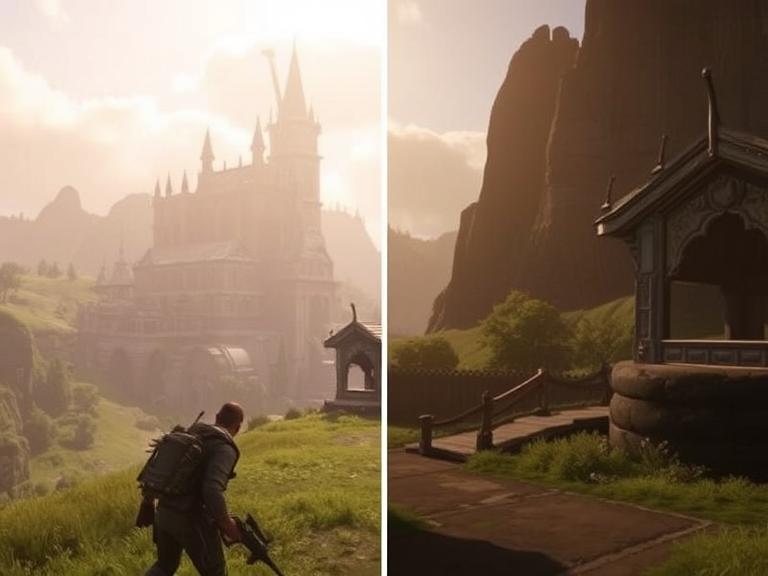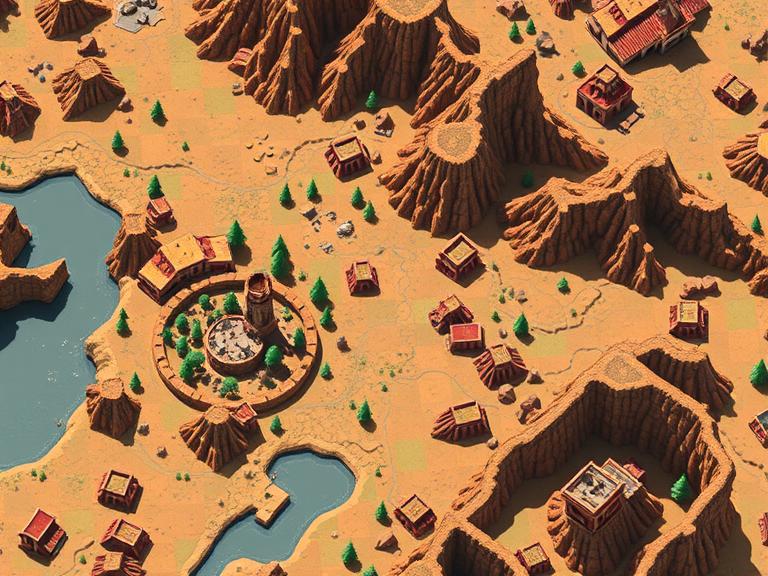The debate between open-world and linear gameplay has raged for years, with passionate arguments on both sides. Each style offers a distinct type of immersion, shaped by player agency, narrative pacing, and world structure.
Open-world games like The Legend of Zelda: Breath of the Wild or Elden Ring grant players freedom to explore vast, interconnected environments. Immersion comes from discovery — finding a hidden temple, stumbling upon a random quest, or unlocking secret areas through experimentation. These games empower players to create their own journey, often at the cost of tightly controlled storytelling.
On the other hand, linear games like Uncharted 4 or God of War (2018) guide players through curated experiences with cinematic precision. Immersion here is tied to emotional storytelling, choreographed set pieces, and character development. Players are rarely lost or distracted — the narrative pulls them forward with purpose and intensity.
Open-world immersion can sometimes feel shallow if the world lacks depth or is bloated with repetitive side content. Linear games, while focused, may limit replay value or exploration. The choice often depends on what kind of engagement the player seeks: freedom or focus.
Some modern titles blend both styles. The Last of Us Part II, for instance, includes semi-open zones within a largely linear story. This hybrid approach offers the best of both worlds — player-driven exploration and a tight, emotional arc.
In the end, neither format is “better” — but they offer vastly different paths to player immersion.




